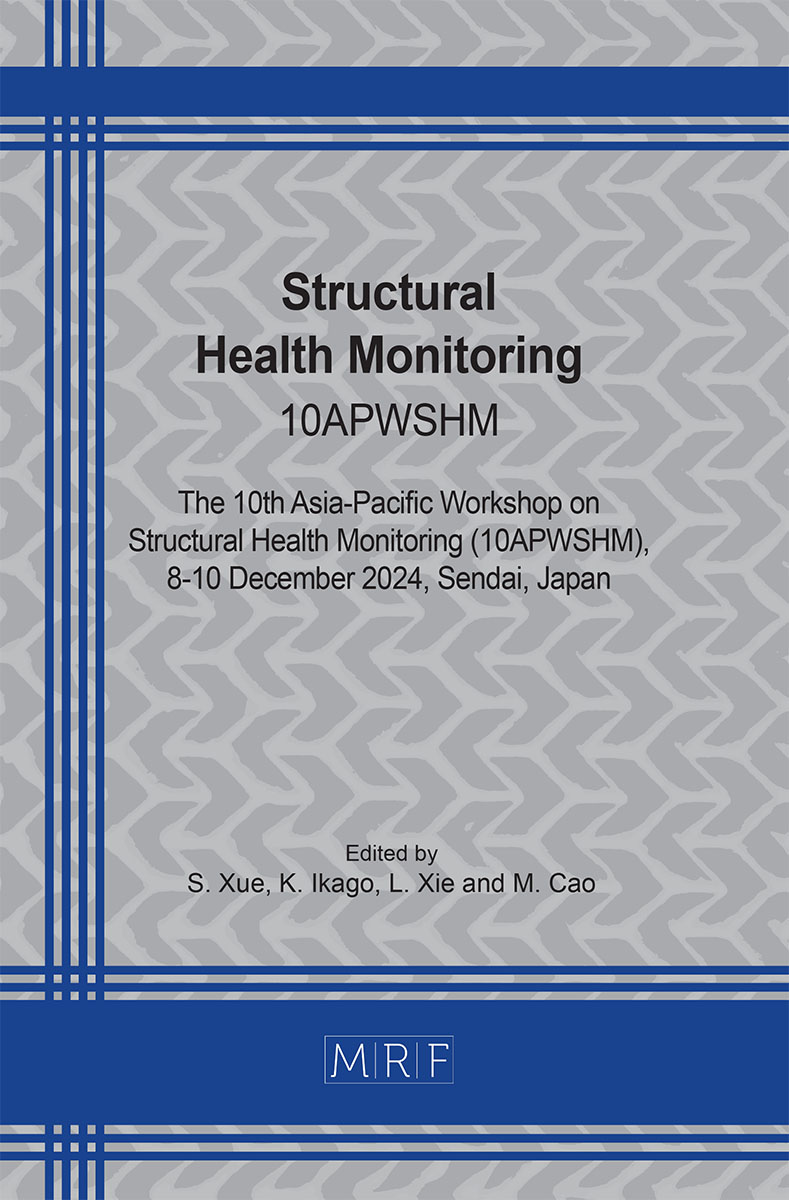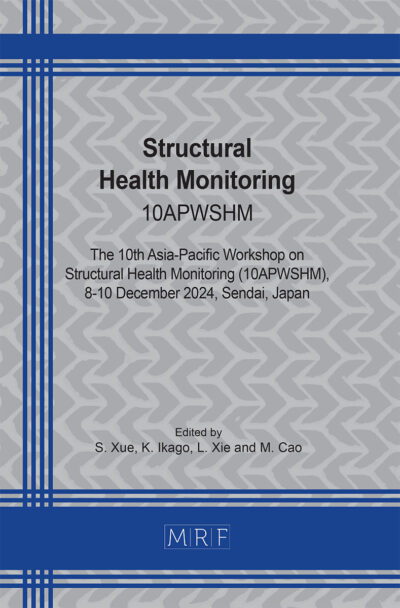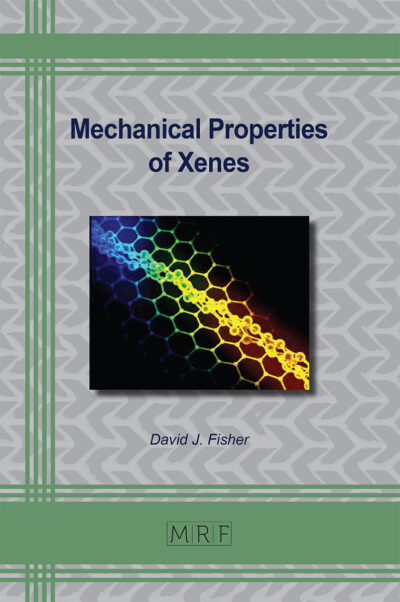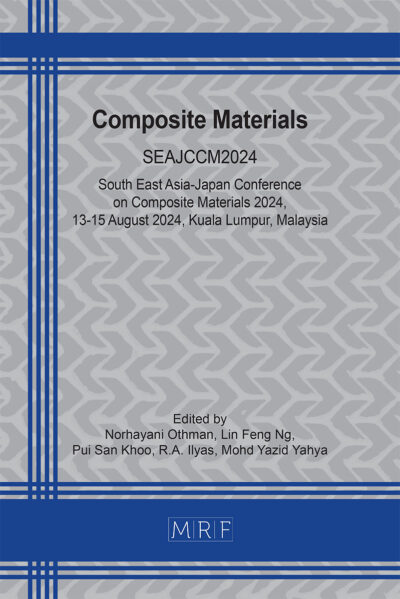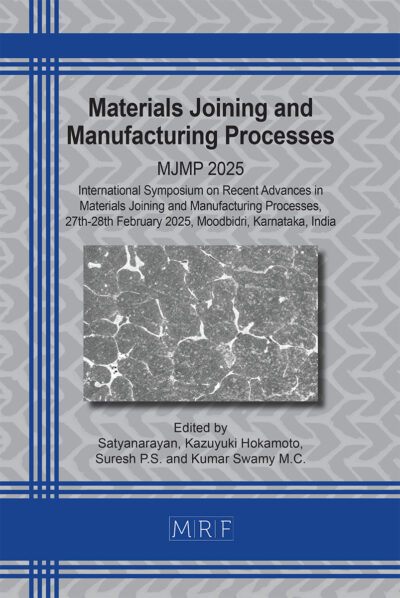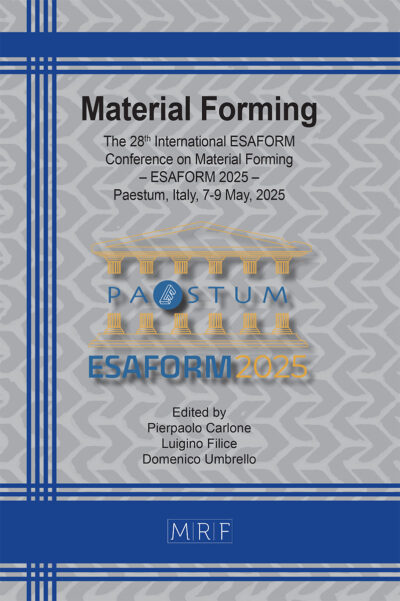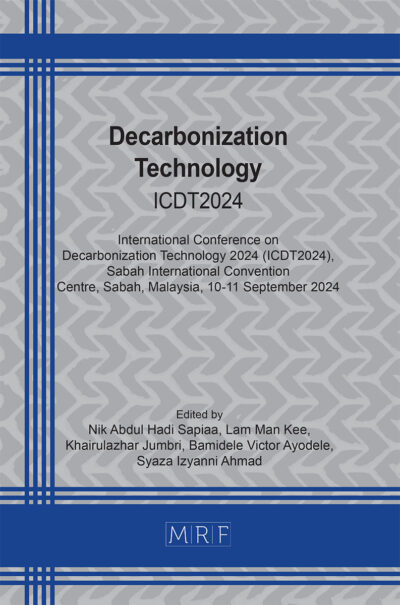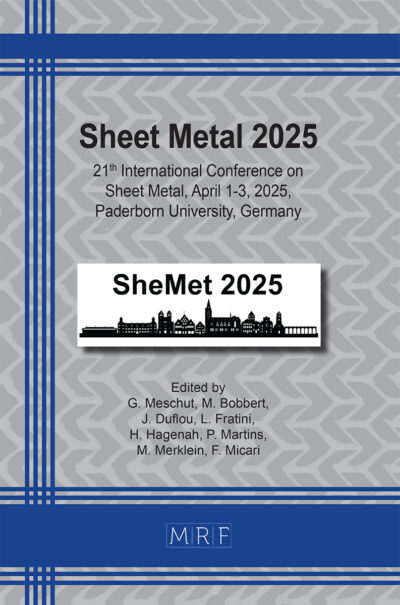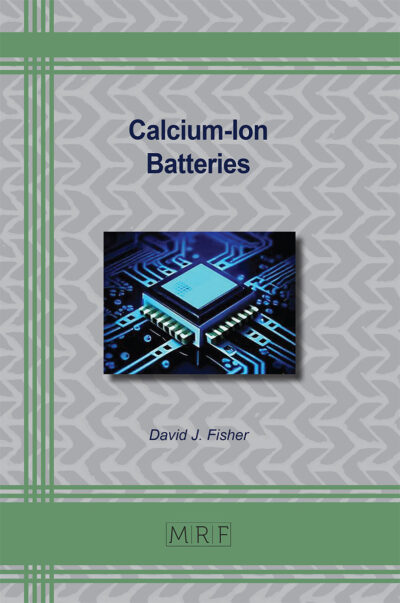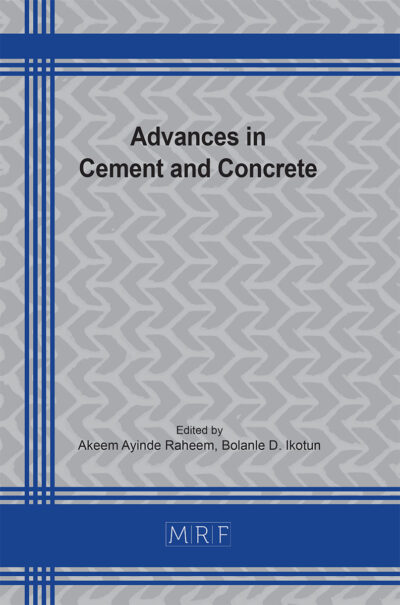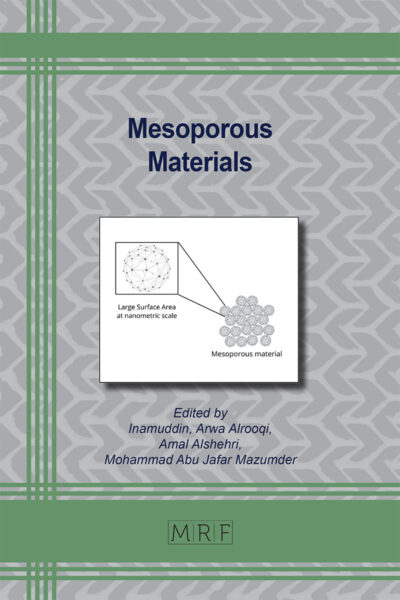Seismic control of structures considering frequency dependency of inerter-based dynamic vibration absorbers
XIE Ruihong, IKAGO Kohju
Abstract. An inerter is a mechanical element that generates inertial forces proportional to the relative accelerations of its two terminals. The apparent mass of the inerter can be thousands of times larger than its physical mass, which enables to realize the lightweight modification of conventional dynamic vibration absorbers. Thus, the inerter has recently drawn widespread attention of civil engineering researchers and various inerter-based dynamic vibration absorbers (IDVAs) have been developed. In the optimization of IDVAs, previous studies have mainly focused on the response control performance at the targeted resonant frequency neglecting the influence of IDVAs on other frequency regions. It is acceptable for the response control of single-degree-of-freedom structures, but for multi-degree-of-freedom (MDOF) structures, it could weaken the validity of the optimization results. Compared to a linear viscous damper (LVD), the energy dissipation efficiency of the IDVA is significantly amplified at the targeted resonant frequency, whereas at other frequencies, it declines to i) almost the same value as the LVD or ii) nearly zero. It implies that the IDVA has a strong frequency-dependent energy dissipation capability and the frequency dependency of the IDVA is totally different from that of the LVD. This paper investigates the influence of the frequency dependency on the performance of two typical IDVAs, the tuned viscous mass damper (TVMD) and the tuned inerter damper (TID). Through complex modal analysis and numerical simulations, it can be found that due to the frequency dependency, the TVMD differs significantly from the TID in mitigating inter-story drifts and floor accelerations of MDOF structures.
Keywords
Inerter, Dynamic Vibration Absorber, Frequency Dependency, Multi-Modal Response, Complex Modal Analysis
Published online 3/25/2025, 8 pages
Copyright © 2025 by the author(s)
Published under license by Materials Research Forum LLC., Millersville PA, USA
Citation: XIE Ruihong, IKAGO Kohju, Seismic control of structures considering frequency dependency of inerter-based dynamic vibration absorbers, Materials Research Proceedings, Vol. 50, pp 277-284, 2025
DOI: https://doi.org/10.21741/9781644903513-32
The article was published as article 32 of the book Structural Health Monitoring
![]() Content from this work may be used under the terms of the Creative Commons Attribution 3.0 license. Any further distribution of this work must maintain attribution to the author(s) and the title of the work, journal citation and DOI.
Content from this work may be used under the terms of the Creative Commons Attribution 3.0 license. Any further distribution of this work must maintain attribution to the author(s) and the title of the work, journal citation and DOI.
References
[1] R.J. McNamara, Tuned mass dampers for buildings, J. Struct. Div., 103.9 (1977) 1785-1798. https://doi.org/10.1061/JSDEAG.0004721
[2] M.C. Smith, Synthesis of mechanical networks: the inerter. IEEE Trans. Automat. Contr. 47 (2002) 1648-62. https://doi.org/10.1109/TAC.2002.803532
[3] R. Ma, K. Bi, and H. Hao, Inerter-based structural vibration control: A state-of-the-art review, Eng. Struct. 243 (2021) 112655. https://doi.org/10.1016/j.engstruct.2021.112655
[4] K. Ikago, K. Saito, and N. Inoue, Seismic control of single-degree-of-freedom structure using tuned viscous mass damper, Earthq. Eng. Struct. Dyn. 41.3 (2012) 453-474. https://doi.org/10.1002/eqe.1138
[5] I.F. Lazar, S.A. Neild, and D.J. Wagg, Using an inerter-based device for structural vibration suppression, Earthq. Eng. Struct. Dyn. 43.8 (2014) 1129-1147. https://doi.org/10.1002/eqe.2390
[6] L. Marian and A. Giaralis, Optimal design of a novel tuned mass-damper-inerter (TMDI) passive vibration control configuration for stochastically support-excited structural systems, Probabilistic Eng. Mech. 38 (2014) 156-164. https://doi.org/10.1016/j.probengmech.2014.03.007
[7] R. Xie and K. Ikago, Device topology optimization for an inerter-based structural dynamic vibration absorber, Front. Built Environ. 10(2024), 1508190. https://doi.org/10.3389/fbuil.2024.1508190
[8] R. Zhang, Z. Zhao, C. Pan, K. Ikago, and S. Xue, Damping enhancement principle of inerter system, Struct. Control Health Monit. 27.5 (2020) e2523. https://doi.org/10.1002/stc.2523
[9] JSSI, Manual for Design and Fabrication for Passive Vibration Control of Structures, third ed, JSSI, Tokyo, 2013. (in Japanese)

